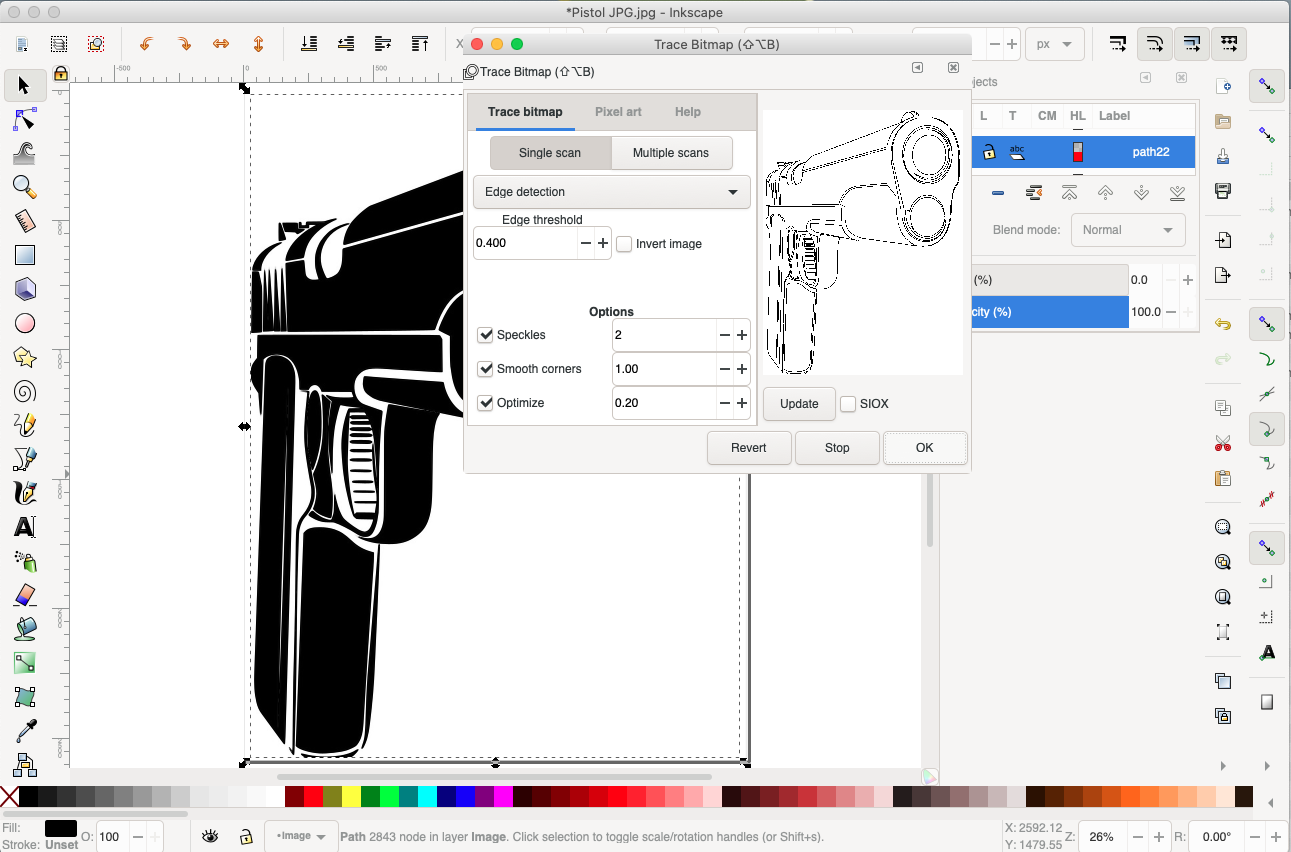

Htmltools::save_html(html = ff, file = "widgets.html") VisInteraction(navigationButtons = TRUE) %>% VisIgraphLayout(layout = "layout_in_circle") %>% Disclaimer: This package is no longer maintained.

Urbansprawl provides an open framework to aid in the process of calculating sprawling indices.

Thus, this sustainability question should address several aspects, ranging from economical to social and environmental matters among others. This situation brings new challenges on how to conceive cities that host such amounts of population in a sustainable way. Furthermore, many works give as result a unique value for a region of analysis, dismissing spatial information which is vital for urban planners and policy makers. Moreover, most studies rely on private/commercial data-sets and their software is rarely made public, impeding research reproducibility and comparability. However, sprawl is an elusive term and different approaches to measure it have lead to heterogeneous results. The fact that urban areas have been growing at increasing rates urges for assessing urban sprawl towards sustainable development. More than 66% of the world's population are projected to live in urban areas by 2050, against 30% in 1950 (United Nations, 2014). Meanwhile, the number of people living in cities has been increasing considerably since 1950, from 746 million to 3.9 billion in 2014. Urban sprawl has been related to numerous negative environmental and socioeconomic impacts. Our goal is to estimate the number of people living at the fine level of individual households by using open urban data (OpenStreetMap) and coarse-scaled population data (census tract). Additionally, a method to perform dissagregated population estimates at building level is provided. The output consists of spatial indices, which can be easily integrated with GIS platforms. shop, commerce, office, among others) units are used to measure mixed use development and built-up dispersion, whereas the street network is used to measure the accessibility between different land uses. Locations of residential and activity (e.g. It uses OpenStreetMap (OSM) data to calculate its sprawling indices, divided in Accessibility, Land use mix, and Dispersion. The urbansprawl project provides an open source framework for assessing urban sprawl using open data.


 0 kommentar(er)
0 kommentar(er)
